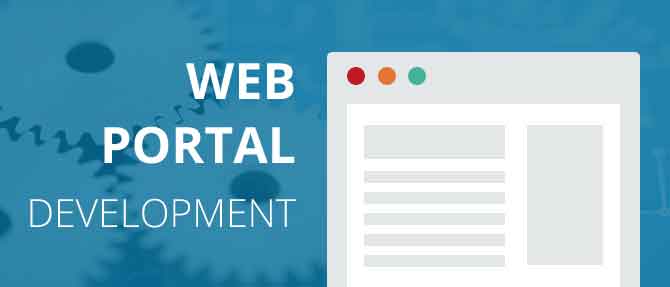If you’re looking for your customers, they’re probably online.
More than half the world’s population is internet users, totaling about 7.7 billion people across the globe-hopping online, according to Internet World Stats. And in some areas, like Europe and North America, Internet penetration is almost total (87% and 89% penetration, respectively).
From startups to enterprises, this burgeoning internet adoption means potential customers and current customers are likely looking to the internet regularly for entertainment, education, information, and communication.
And if your business isn’t refining your Web Development Software to meet customers where they already are, it’s likely your competition is.
Web Development Software
In today’s digital era, just slapping up a webpage isn’t going to cut it. Instead, organizations need to be thoughtful about what they present, on mobile devices and on laptops or desktops, and how they personalize (or don’t) the web content.
Here, we examine a few key areas business leaders should understand to drive effective web or portal development, including differences in mobile vs. desktop design, web pages vs. web portals and how to approach web design partnerships to optimize your website development.
Mobile Web Development vs. Desktop Web Application Development
We’ve all been there: comfortable on the couch, unwilling to head into the other room to fill out a form on a website. You might even be willing to do a little pesky “screening pinching” to get the sizing to work. But sometimes, poorly considered mobile development (or no mobile development at all) renders so terribly on a small screen it either ousts would-be users off the couch to hunt down a bigger screen or irritates them enough to abandon their task altogether.
Potential customers shouldn’t be frustrated like that, which is why mobile web development software is so critical because it’s different from desktop web application development. Some key differences include:
• Content organization. A striking layout on a desktop might be a crummy one on a mobile device, and vice versa. Developers need to consider the layout and screen size of both.
• Form compatibility. Remember that frustrated couch surfer? Form fills can be a pivotal design area, as this is how users communicate with website owners. Form alignment and how it is navigated are key considerations.
• Menu formatting. While selecting city from a list of 50 states might be doable on a desktop, mobile users may need to see a collapsible state list that expands when selected to display major cities.
Web Page and Web Portals: What’s the difference?
Although both web pages and web portals are developed based on URLs, a web portal offers users a single point of access, and the development can limit access based on user role. For example, an organization may use a web portal to house employee training and development information. A manager accessing this portal may view entirely different content from a front-line employee accessing the same portal.
Websites, on the other hand, offer the same content to everyone who accesses.
When it comes to business, web portals can enable fully customizable portals with customized information specific to a business.
Social Networking Portal Development: Leveraging People Power for your Business
Facebook is a prime example of a social networking portal: one log in to this website with your log in credentials, and you’re now accessing the web portal, uniquely customized to each users and attached to a bevy of user data.
Of course, building a social networking portal requires some specific planning as well, including:
1. Be prepared. Social networking is powerful, and it can powerfully push your business forward or berate it for a customer-service misstep. Ensure your business has a plan – and the ability – to deal with technical issues quickly and effectively.
2. Employ security systems that will protect privacy and data.
3. Look ahead. Your business plans for growth, and so should your social networking portal development. Ensure the platform can expand rapidly with little hassle.
Web Development Partnership: How to Get Started
Like most projects, launching a web development effort requires some up front thought, even if you’re leaning on an experiences third party to do the actual development. Business leaders need to be able to answer a few critical questions to help guide development that will meet business needs:
• What is the purpose your web portal will serve?
• What do you want to achieve with the web portal? For example, should it bring in a profit? Or should it provide information?
• What does the competition looks like?
• Who is your target audience?
A growing IT talent shortage means quality developers may be hard to come by, which is why many organizations are looking to web development consulting firms or seeking third parties to offer web development partnerships.
But the online face of your business should be placed in skilled hands, so ensure your partner is skilled at all the aspects of web development, including:
1. Taking an agile approach to conceptualizing a site, including determining functions, features, appears, navigation options, interface, and content required
2. Providing a sitemap to keep everyone aligned and enhance page design and components
3. Designing the site. Often, this is asp.net in web technology, an open-source web application framework that enables developers to create dynamic web pages.
Don’t miss a customer connection – contact TechGenies to beat the talent shortage and launch a web development project that puts your best foot forward – online. We’d love to learn more about how we can help your development goals. Contact us at info@techgenies.com or visit us online https://talentgenies.com/ to learn more about ways we can help. And, in case you were wondering, we employed mobile web development and desktop web development for our own site, so feel free to stay seated if you’re already settled comfortably on the couch.
Fill out the form and our team will be in touch with you promptly. Thank you for your interest!
info@techgenies.com
www.techgenies.com


